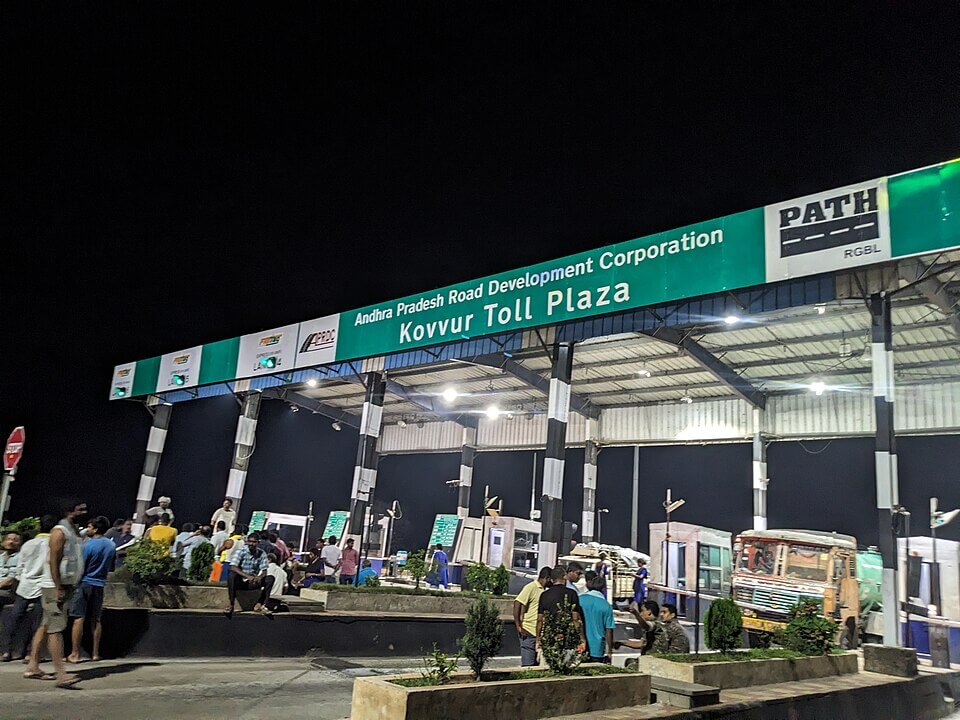
In a nation where the Armed Forces are lauded for their unwavering service, it is troubling that something as mundane as crossing a toll plaza can erode their dignity. This article examines how a flawed 2014 Office Memorandum (“OM dated 17 June 2014”) based on erroneous legal advice has led to systemic harassment of soldiers at toll plazas, despite clear legislative and judicial protections. Through legal analysis, real-world incidents, and policy critique, we call for immediate corrective action to safeguard the rights of our servicemen and women.
The Legislative Bedrock: The Indian Tolls (Army & Air Force) Act, 1901

1. Historical Background and Purpose
Enacted in 1901, the Indian Tolls (Army & Air Force) Act was designed to exempt military personnel and their property from toll charges across eligible roads, bridges, and ferries. The Act has primacy over general toll statutes and ensures smooth mobility of defence members, which is essential for national security.
2. Section 3: Scope of Exemptions
- Section 3(a) explicitly exempts officers, soldiers, and airmen of the Regular Forces from toll charges without any qualification about being “on duty.”
- Sections 3(b) and 3(c) apply to Territorial Army, NCC, and Indian Reserve Forces but only when personnel are “on duty”, or proceeding to/from training/operation.
- Sections 3(g), 3(h), and 3(i) deal with exempted carriages such as accompanying vehicles, government vehicles, or vehicles on military orders not personal transport.
- The Act also prescribes fines of up to ₹50 for enforcing tolls improperly .
3. Reinforcement Through various Policy and Courts
- A 12 November 2003 MoRTH letter, approved by the Law Ministry, clarified that personal vehicles of Regular Forces personnel are toll-exempt regardless of duty status.
- A 15 September 2004 communication reiterated that even personal private vehicles fall under the definition of “defence vehicles” per Section 3(a) .
- Litigation affirmed these rights: the Punjab & Haryana High Court (CWP 8508 of 2006) upheld blanket exemption, and the Supreme Court, via SLP 15419/2006, affirmed that ruling .
These measures established a strong foundation: the toll exemption for Regular Forces is statutory, constitutionally valid, and judicially upheld.
The 2014 OM Folllowed by subsequent Policies and Notifications till today: Creating Confusion Where None Existed
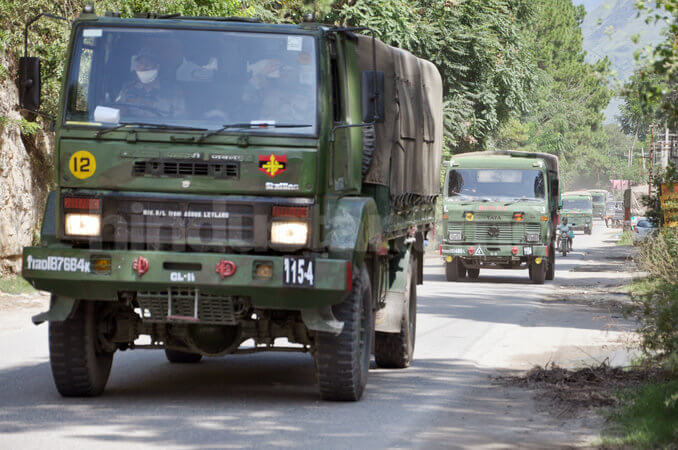
On 17 June 2014, MoRTH issued OM No. H-24030/32/2014-(Toll), purportedly under the RTI Act, which stated that toll exemption applies only when personnel are “on duty.” This pivot was based on a flawed legal note (dated 6 June 2014) by a junior Assistant Legal Adviser in the Ministry of Law & Justice, which:
- Cited only Sections 3(b) and 3(c), ignoring Section 3(a) the central clause for Regular Forces.
- Misinterpreted Sections 3(g)-(i), conflating carriage exemptions with personnel exemptions.
- Contravened earlier Secretary-level policy decisions and Supreme Court authorization.
The result: a legally incorrect OM that contradicted established law and created bureaucratic confusion unprecedented in its impact.
Despite being issued under the guise of an RTI response, an OM cannot override a statute or Supreme Court interpretation.
Impact on Soldiers: From Legal Rights to Real Harassment
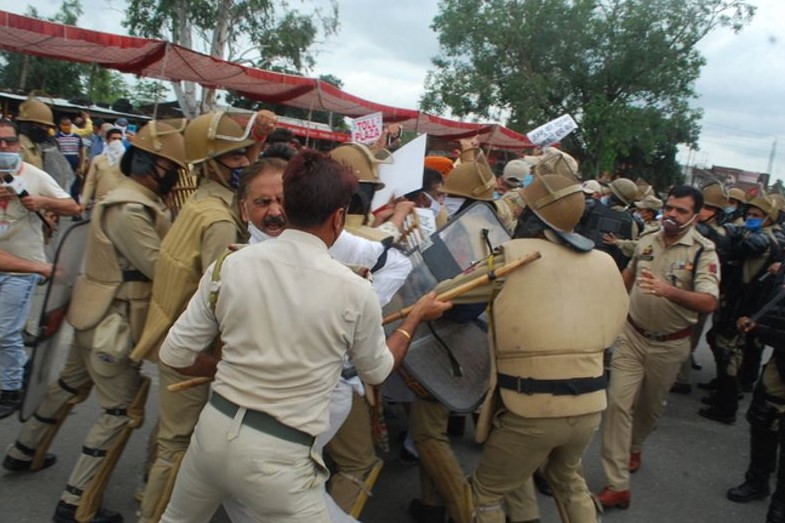
1. Misbehaviour and Public Incidents
- In April 2025, at Bamla Toll Plaza (Haryana), Subedar Rajesh Kumar and family were denied exemption despite valid identification. Toll staff harassed them, and even the vehicle was damaged during the altercation. NHAI issued a stern notice to the operator, warning of a ₹1 lakh penalty . There are many such ongoing incidents happening till date but no heed given by the Executive bodies , Most of the Soldiers avoid such issues that is why some are reported and some not reported due to the various reasons
- Under these circumstances, soldiers are forced to justify their statutory rights producing official passes or duty orders instead of exercising an entitlements.
2. Broader Toll Confusion and Casual Harassment
Instances extend beyond defence personnel. A viral video from June 2020 showed a scuffle between a Kullu MLA’s son and toll plaza staff over malfunctioning FASTag scanning. Although not military-related, this incident reflects general staff unpreparedness and aggression .
Separately, toll plazas across India often see protests and vandalism such as the July 2025 Maharashtra incident, where MNS workers attacked the Tondgaon toll plazas due to poor road condition and facilities. Though not directed at soldiers, it underscores the volatile environment at toll plazas .
These incidents emphasize how stressful the toll experience has become for civilians and soldiers alike due to staff confusion, poor infrastructure, and lack of training.
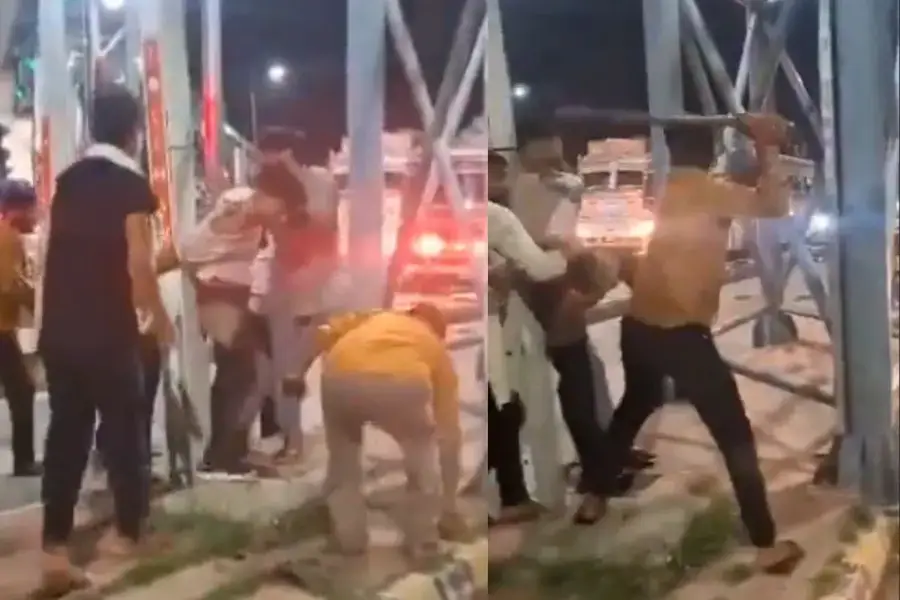
3. Soldiers’ Dignity and Constitutional Rights
For soldiers, this is not simply about saving a few rupees it is a violation of honor and status. Article 33 of the Constitution allows for specific restrictions on fundamental rights for armed forces, recognizing their unique obligations. Under constitutional doctrine of reasonable classification, soldiers form a distinct class requiring uniform, statutory treatment. Their movement is often operational, not leisure a reality ignored by the 2014 OM.
The Legal and Policy Imperatives for Redress
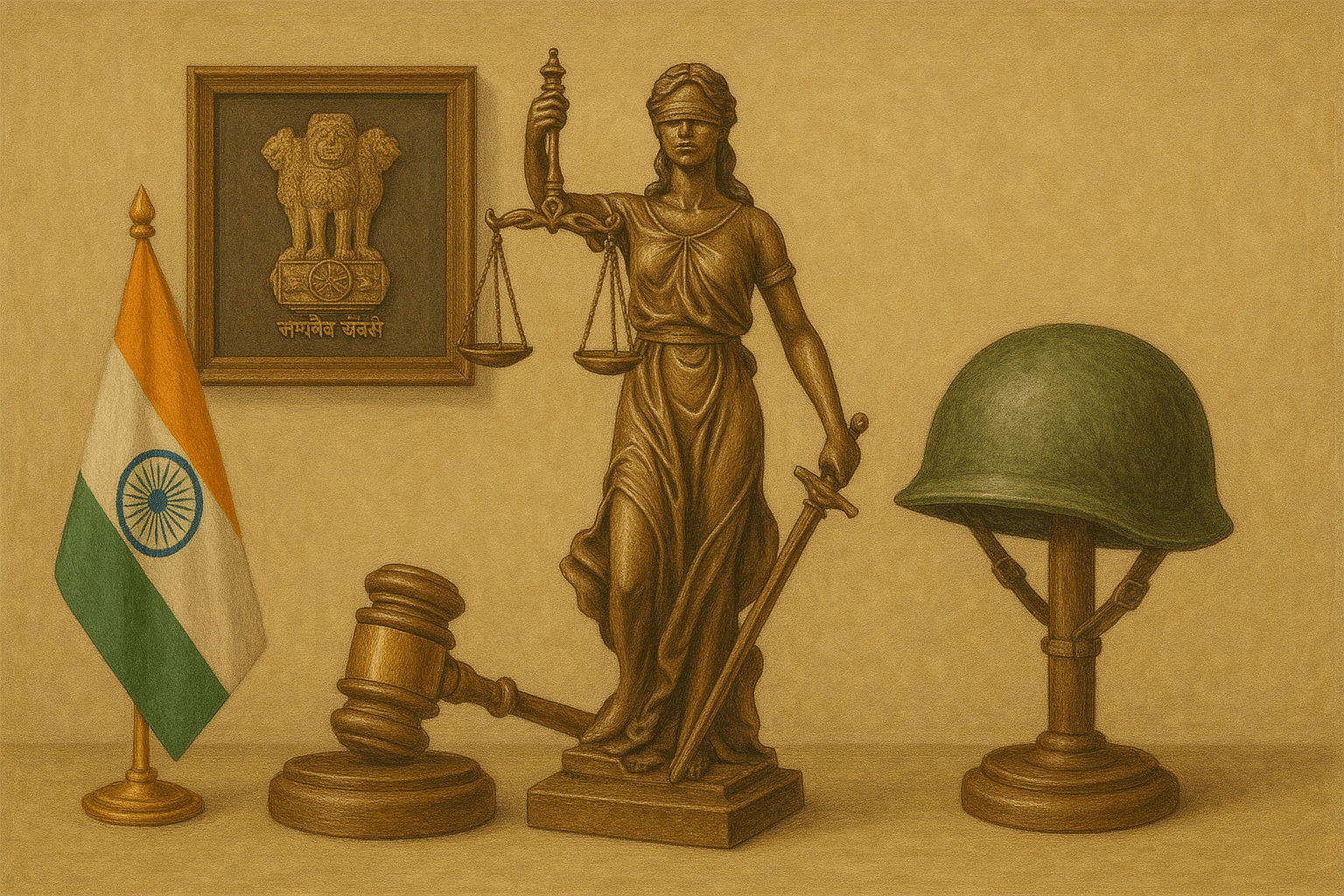
Given the gravity of consequences, the following actions are urgently required:
1. Immediate Withdrawal of the 2014 OM
It must be officially rescinded, as it conflicts with Section 3(a), earlier Government clarifications, and Supreme Court judgment.
2. Annulment of the Underlying Legal Advice
The flawed legal opinion from the Assistant Legal Adviser must be withdrawn and officially repudiated.
3. Clear Directives to Toll Authorities
A new, unambiguous circular must be issued to NHAI, concessionaires, and state authorities emphasizing full exemption for Regular Forces in all circumstances, and penalizing non-compliance.
4. Staff Training and Accountability
Toll plaza staff must undergo training on exemptions. Violations should result in fines and possible dismissal. Compensation must be available for harassment victims.
5. Ministerial Oversight on Policy Changes
Significant policy alterations must be handled at the Secretary or Minister level to avoid unilateral missteps by junior staff.
Wider Toll Context: Framework and Technology

1. Toll Tax Purpose and Structure
Toll tax is a user-charge levied to raise funds for construction, maintenance, and upkeep of infrastructure like highways and bridges. Rates consider vehicle type, distance, and sometimes time of travel . Recent reforms include a 50% toll reduction for sections with elevated structures, to reduce cost burden on commercial users .
2. Electronic Toll Collection and FASTag
Since 2014, India has implemented FASTag an RFID-based system for seamless toll payment. By February 2021, FASTag became mandatory on all national highways; recent data shows increasing transactions via FASTag .
This digital infrastructure, while enhancing efficiency, also emphasizes the need for correct programming of exemption flags for defence personnel.
3. Expressway Expansion and Amenities
India’s expressway network is rapidly expanding, with projects like the Delhi–Mumbai Expressway inaugurated in December 2024. Toll plazas on expressways incorporate annual WPI-linked toll revisions and rely heavily on FASTag systems . NHAI is also rolling out wayside amenities and considering satellite-based tolling for barrier-free travel .
Conclusion: Upholding Services, Rights, and Pride

The toll exemption under Section 3(a) of the Indian Tolls (Army & Air Force) Act, 1901 is rooted in law, upheld by judicial authority, and reflects a national consensus on military mobility and dignity. The misguided 2014 OM and subsequent policies and notifications have created confusion and ignited disrespect at toll plazas administered not out of willful denial but out of ignorance and procedural failure.
The Bamla incident is but one of many examples where lack of clarity and training devolves into harassment of soldiers on duty and off. Toll plaza staff especially in a privatized, decentralized system cannot be expected to intuit complex legal exceptions unless policy is crystal clear and enforced.
Fixing this is not just a procedural necessity it is a moral imperative. Soldiers deserve smooth, respectful passage, not gatekeeper battles at toll plazas. India’s promise to its defenders must be more than rhetoric it must reflect in statutes, court decisions, and every toll operator’s handbook.


Legality explained, the rulers must articulate a reaction that reflects the patriotism of a retired upright civil servant, Shri. Arun Bhatia IAS – “citizens big and small must salute the soldier, offering his life to protect them. Whenever you see the soldier – in the street, café or shop – go to him, shake his hand, and thank him”.